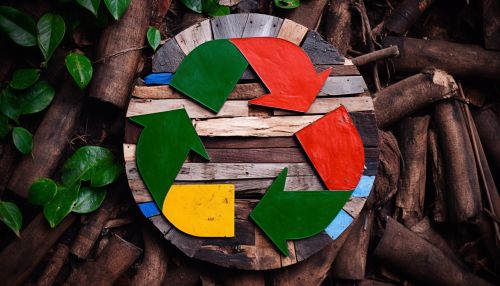Circular Economy
Introduction
The circular economy is an economic system that aims to eliminate waste and the continual use of resources. It is a departure from the traditional, linear economic model of "take, make, waste" and instead emphasizes a "reduce, reuse, recycle" approach. This model is designed to benefit businesses, society, and the environment.


Principles of Circular Economy
The circular economy is based on three core principles:
- Minimize waste and pollution through design: The first principle of the circular economy is to design out waste and pollution. This means creating products and services in a way that reduces the generation of waste and minimizes the release of harmful substances into the environment.
- Keep products and materials in use: The second principle is to keep products and materials in use for as long as possible. This can be achieved through strategies such as product lifecycle management, product-service systems, and sharing economy models.
- Regenerate natural systems: The third principle is to regenerate natural systems. This involves returning valuable nutrients to the soil and other ecosystems to support continued vitality.
Benefits of Circular Economy
The circular economy offers numerous benefits, including:
- Economic benefits: The circular economy can stimulate economic growth by creating new markets and opportunities for innovation. It can also reduce costs for businesses by minimizing waste and maximizing the value of resources.
- Environmental benefits: By reducing waste and pollution, the circular economy can help to preserve natural resources and biodiversity, and mitigate the impacts of climate change.
- Social benefits: The circular economy can also have social benefits, such as creating jobs and improving public health through reduced pollution.
Challenges and Solutions
Despite its potential benefits, the transition to a circular economy also presents several challenges. These include technical challenges, such as the need for new technologies and infrastructures; economic challenges, such as the need for new business models and financing mechanisms; and social challenges, such as the need for changes in consumer behavior and societal norms.
However, these challenges can be overcome through a combination of policy interventions, business innovations, and societal changes. For example, governments can provide regulatory frameworks and incentives to support the circular economy; businesses can develop new products and services that are designed for durability, reuse, and recycling; and consumers can adopt more sustainable lifestyles and consumption patterns.
Case Studies
Several countries and companies around the world have already begun to implement the principles of the circular economy. For example, the Netherlands has set a target to become a fully circular economy by 2050, and several Dutch companies are leading the way in circular innovation. Similarly, China has made the circular economy a key part of its national development strategy, with a focus on industries such as electronics and automotive.
See Also
Conclusion
In conclusion, the circular economy represents a promising approach to achieving sustainable economic growth while minimizing environmental impacts and maximizing social benefits. However, realizing this potential will require concerted efforts from all sectors of society, including governments, businesses, and consumers.
